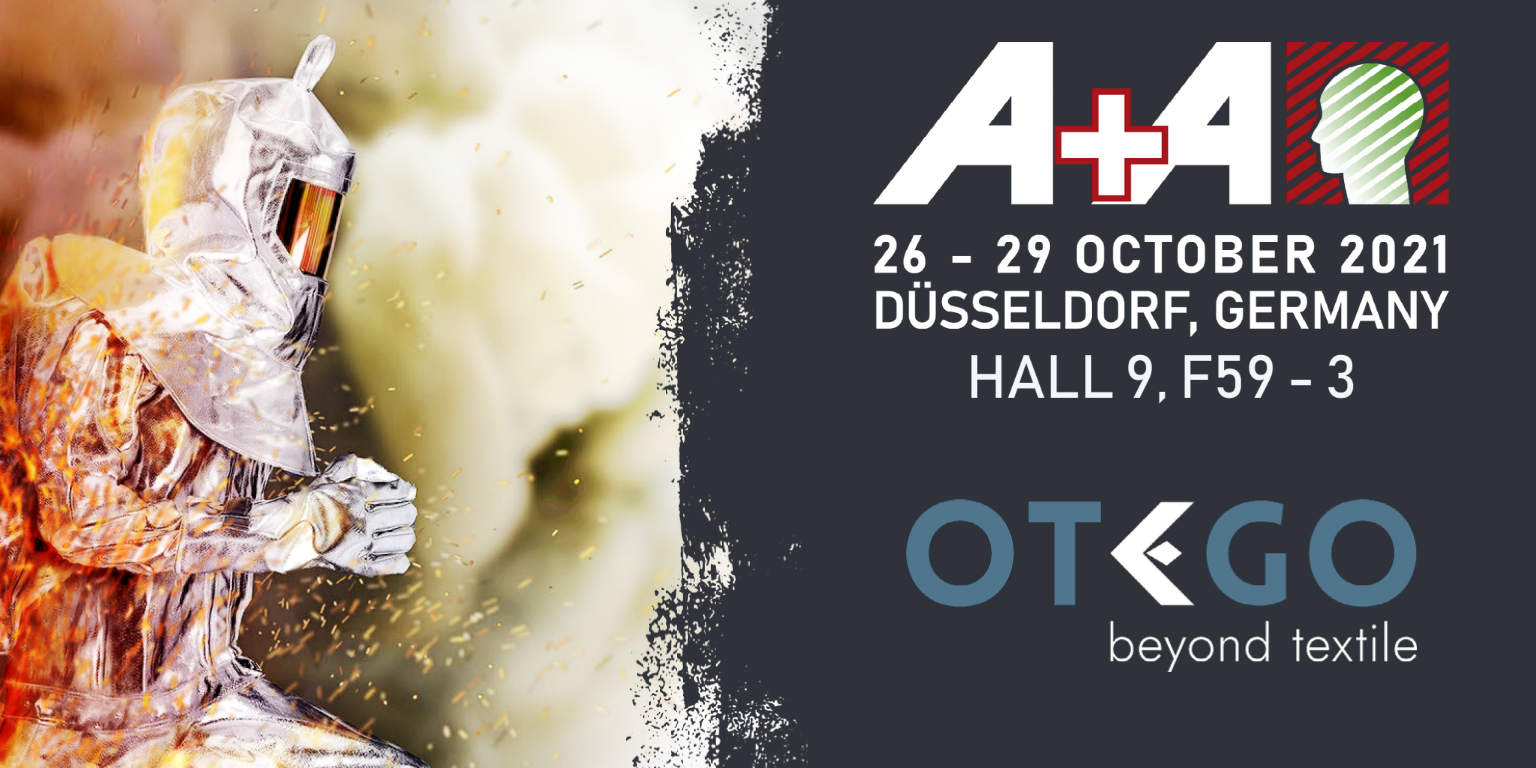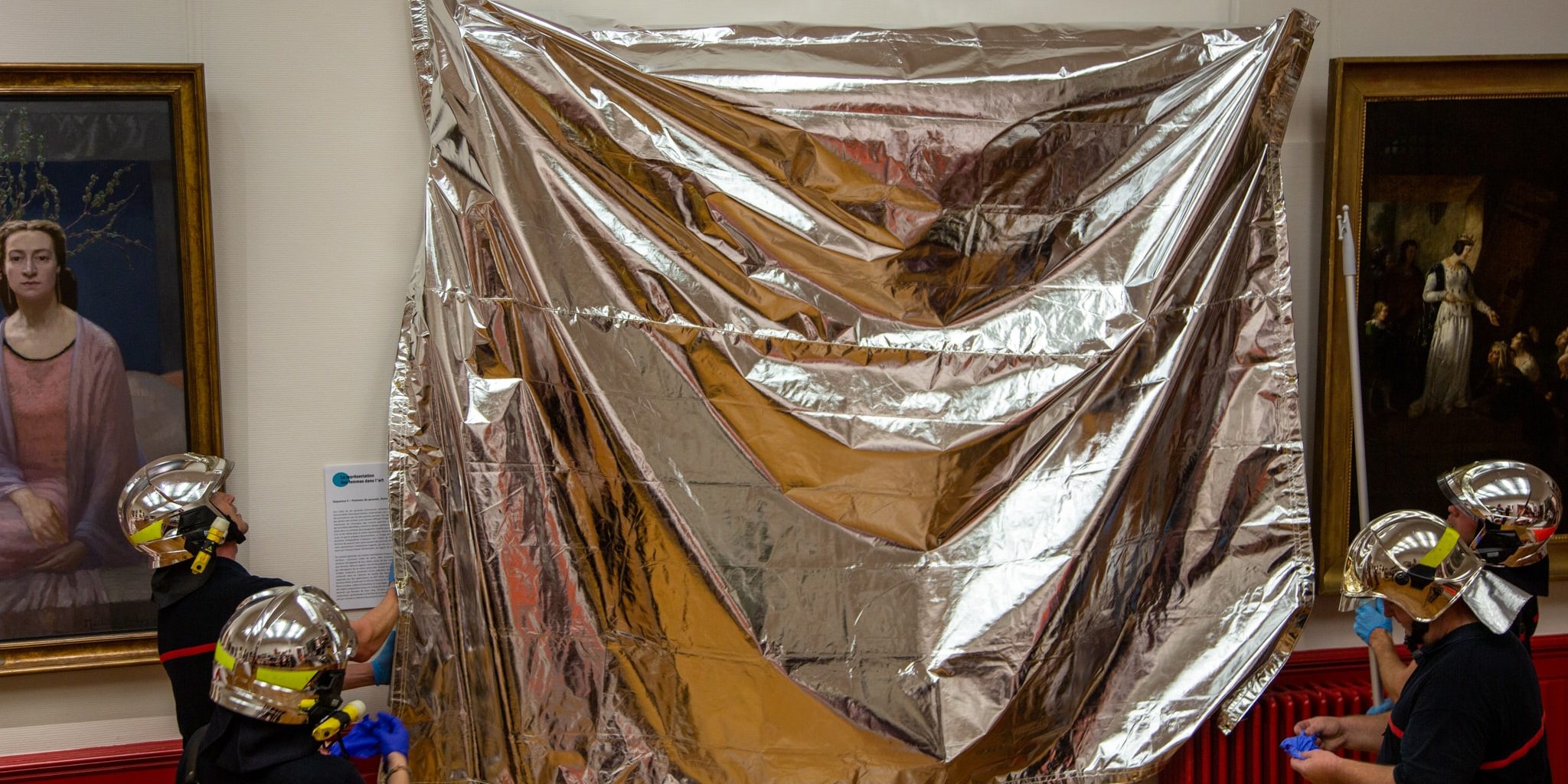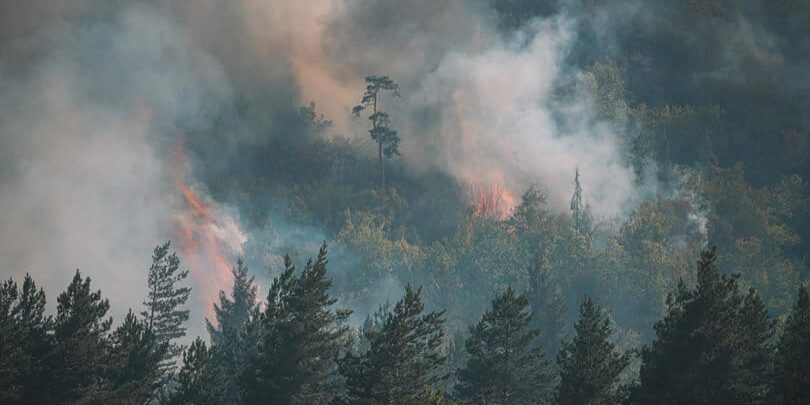If you're a collector or an art curator, chances are you've thought about artwork…
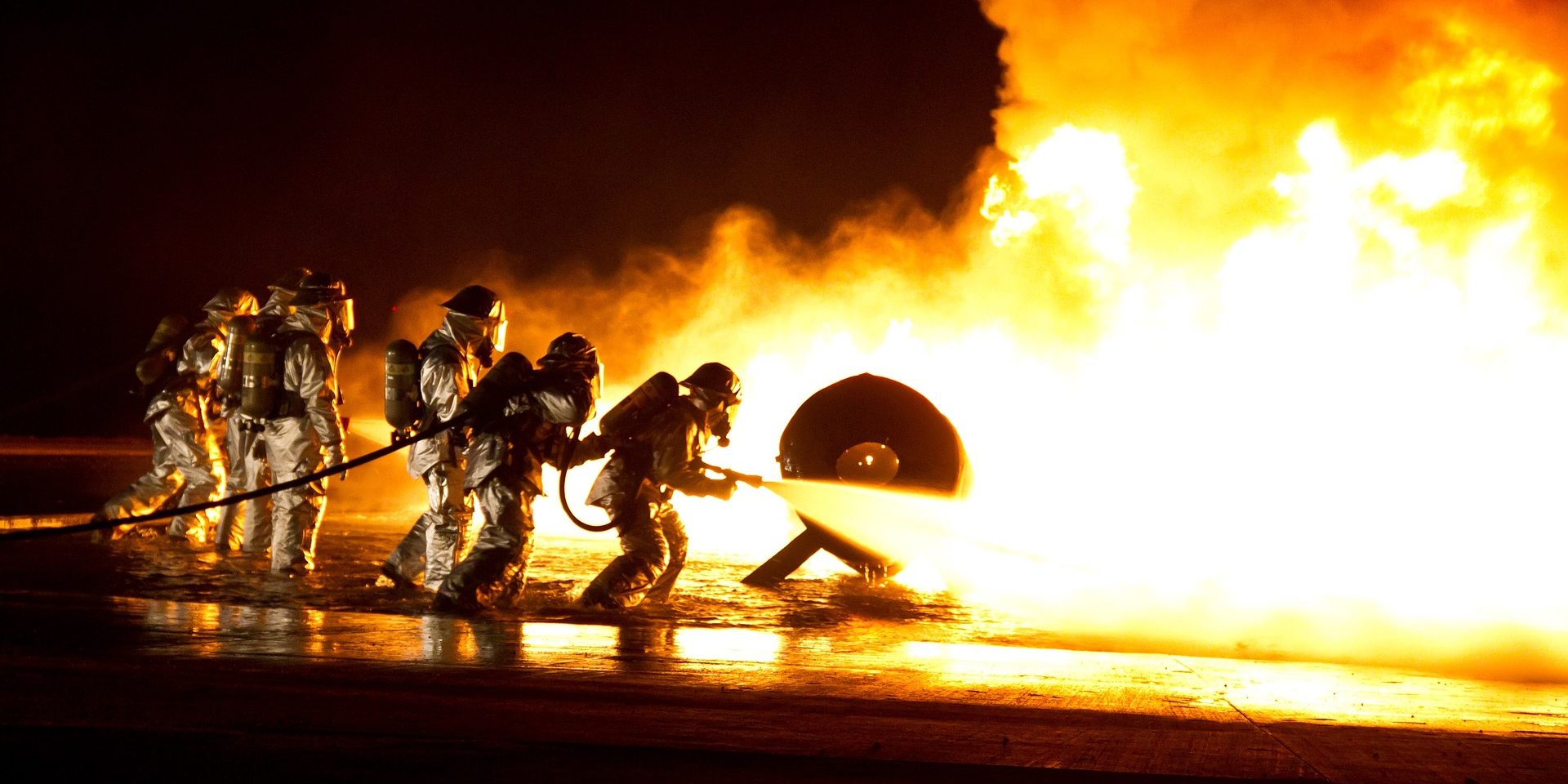
Proximity suits and heat stress: How to prevent it?
Heat Stress in Proximity Suits: Preventing Firefighter Fatigue
Firefighters are subjected to a variety of life-threatening dangers, such as extreme radiant heat, flames, smoke, hazardous chemicals, and unstable structures. Despite these serious risks, perhaps the ultimate hazard to a firefighter’s life and health are the physiological stress brought about by firefighting, resulting in cardiac strain. Firefighters constantly face the danger of overheating and dehydration, which stresses their cardiovascular system and can result in a sudden cardiac arrest or stroke, or fatigue that makes them vulnerable to slip ups while carrying out their tasks.
Proximity suits are vital PPEs worn to protect firefighters while they are engaged in a close firefight, but because of the several protective layers and weight, there is no denying that wearing proximity suits also significantly increases the risk of developing heat stress. So how can firefighters face extreme heat while trying to prevent heat stress by remaining safe and comfortable in their proximity suits?
Heat Stress: Causes, Symptoms, and Consequences
Heat stress is the body’s response to excessive heat and humidity that puts a strain on one’s usual cooling methods. It normally occurs when the outside temperature is high, relative humidity levels are high, or there’s an increased physical activity. Heat stress can occur at any time of the year in areas with mild winds since even moderate air temperatures can induce symptoms.
Heat stress can be caused by a variety of issues. Long working hours, overexertion and dehydration are common causes, especially for overweight or obese individuals.
The most common symptoms of heat stress include:
- flushed face
- headache
- dizziness
- weakness
- increased heart rate
- fatigue
- nausea or vomiting
- muscle cramps
Heat stress can result in exhaustion, heat stroke, and even death.
Proximity Suit: How It Protects Firefighters
A proximity suit is a special type of clothing that firefighters use to keep them protected in extremely dangerous conditions. Proximity suits also help extend firefighters’ exposure time at the fire scene by protecting them from high levels of radiant heat and convective heat that would otherwise be deadly.
The Proximity Suit is a complete-body protective garment that provides skin contact protection for firefighters working in hazardous environments where there is a risk of exposure to harmful gases, chemical vapors, extreme heat, or unstable structures. The suit is made from fire-retardant material, and has a hood that protects the firefighter’s head with an attached helmet for added protection. It also features long sleeves for further protection of wrists, arms, and hands.
Proximity suits are designed to protect the wearer from temperatures up to 800°C for short periods and reduce the risk of firefighter fatigue by providing an efficient personal protective equipment system that allows firefighters freedom of movement while operating in proximity to high-temperature fires.
Proximity suits composition and materials have greatly evolved, from those made of asbestos in the early 20th century to today’s suits that are made of different layers of high-quality fabrics and materials such as aramid, carbon fiber, aluminum, among others. These layers provide insulation against both hot flames and searing surfaces like metal.
Fundamentally, the proximity suit is a fireproof PPE that is necessary in preserving the lives of firefighters. While proximity suits are generally worn by firefighters who need to get close to combustible substances for rescue and firefighting purposes, they are also utilized by other professionals, such as police officers, military personnel, airfield ground personnel, and employees in the chemical industry, all of whom work around emergency rescue, flames, or hazardous chemicals on a daily basis.
How Proximity Suits Amplify Heat Stress
Every firefighter should know that heat stress and wearing of PPE are linked, as attested by the CDC. This is definitely true in the case of wearing a proximity suit. Due to the extremely protective features of a proximity suit to keep the wearer safe from the dangers outside, it offers little ventilation inside.
The proximity suit traps body heat inside, therefore amplifying the risk of heat stress due to the combination of limited air flow, high temperatures, and excessive humidity.
Due to the firefighter’s body temperature rising while wearing a proximity suit, he feels hotter in a proximity suit than without one under identical circumstances. In addition, a proximity suit is a head to toe gear made from several layers or protective fabric which makes it quite heavy. Proximity suits are not meant to cause additional discomfort, but because of the physical strain involved with firefighting and the proximity suit’s limited cooling effect, they inadvertently do.
Because of the proximity suit’s design and heavy weight, wearing it poses a significant danger of heat stress for firefighters, especially when there are long working hours involved.
Preventing Heat Stress When Wearing Proximity Suit
The proximity suit may be a firefighter’s lifesaver but on the other hand, they do not keep them safe when the environmental temperatures are too high. Heat stress is a serious risk for firefighters, especially those working in particularly hot climates with high humidity or heat waves during the summer months. Prolonged use of proximity suits can trap body heat causing core temperature to rise, which can lead to accelerated heart rate and the possibility of a cardiac arrest. To prevent heat stress and fatigue, firefighters can benefit by doing the following measures:
Take regular breaks
Firefighters in proximity suits should remember to take breaks to get out of the heat. While the proximity suit fully covers and protects the body from radiant heat, it can only slow down the heat penetration. Proximity suits will only protect firefighters for so long before they need to take a breather and cool down by taking off some layers.
Firefighters need to know when one’s proximity suit has reached its limit on protecting them against the ambient conditions because their stress level and fatigue would already be affecting their performance by then.
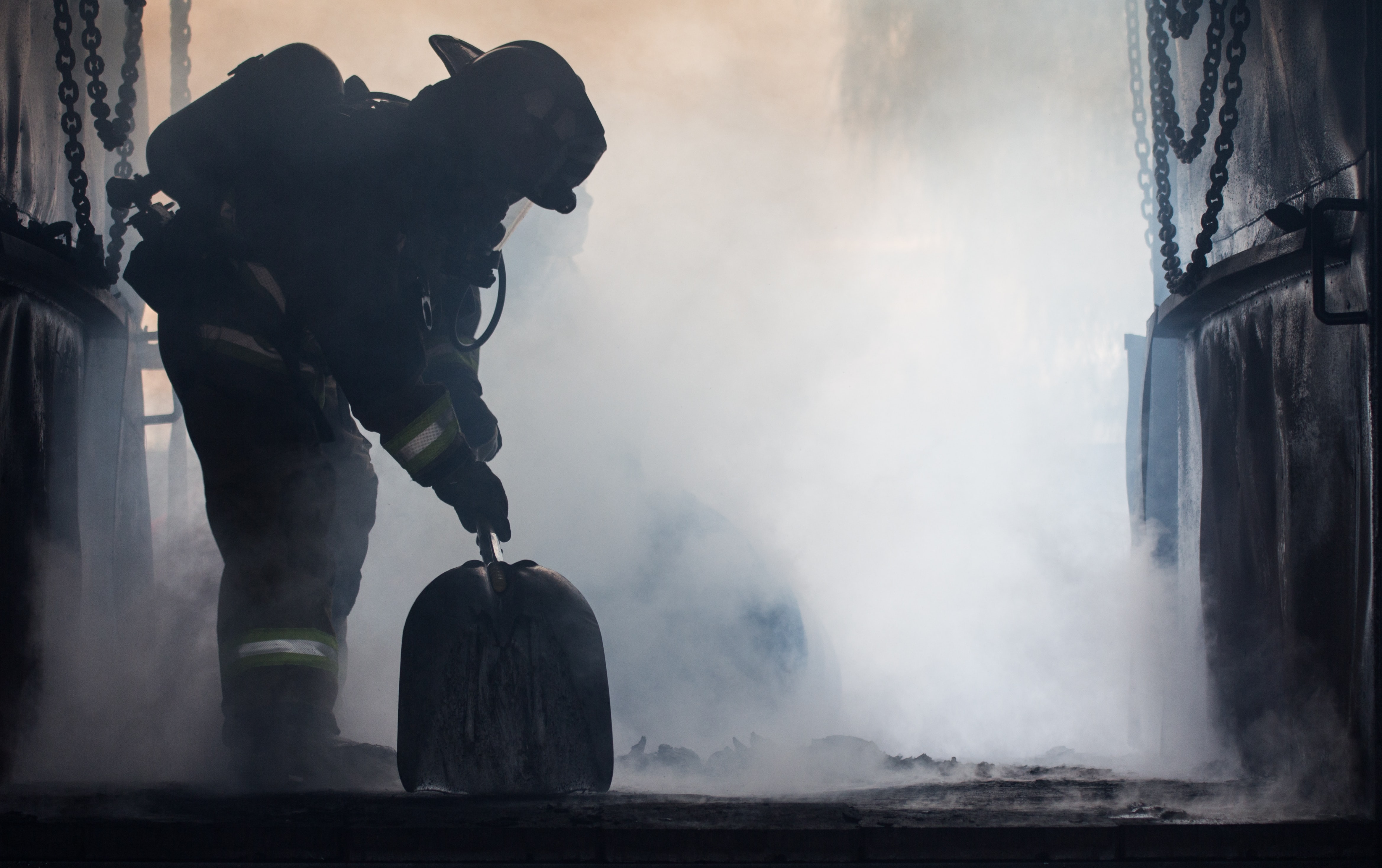
Constant Self-check
Firefighters need to be aware of the elevated temperatures they may experience when wearing proximity suits and take precautions accordingly, such as regularly checking for signs of overheating.
They should constantly check their heart rate or core body temperature, flushed skin, profuse sweating, or dizziness. Once these symptoms start presenting, it should prompt them to slow down on their movement, get away from the heat, and cool down gradually rather than suddenly. A sudden stop in movement could cause further strain on the cardiovascular system and result in collapse.
Acclimatization Training
Acclimatization is the physiologically advantageous changes that occur after repeated exposure to a hot environment. It is one of the most important aspects of how well someone can withstand heat stress. Before the body becomes adapted to a hot environment, it generally takes five days of working at least 1½ hours each day in the same setting. The duration of exposure time in hot environmental conditions should be gradually increased, starting with a few days and progressing up to 7 to 14 days.
When a person becomes acclimatized, the body is able to adapt and withstand hot environments, and their physiological modifications include sweating efficiency improvement, stabilized cardiac circulation, improved work performance even with reduced core temperature and heart rate, and improved skin blood flow at reduced core temperature.
Once an acclimated person is sent to a considerably different environment, their acclimatization may be lost in as little as 3 days. Therefore, maintaining their acclimatization is a must for firefighters to avoid loss of the body’s adaptations.
Keep the Suit in Tip-Top Condition
If any part of a proximity suit is worn or damaged, it should be removed immediately and the area should be thoroughly inspected to make sure no minor burns have occurred that could quickly develop into something more severe if not dealt with promptly. All firefighting equipment such as gloves and boots must fit properly when proximity suits are being used.
Otego’s FIRESHIELD
Otego is a textile specialist that developed FIRESHIELD to perfection from the past 30 years. It is a fire entry proximity suit specially made of four layers of fabric, with each executing a special function.
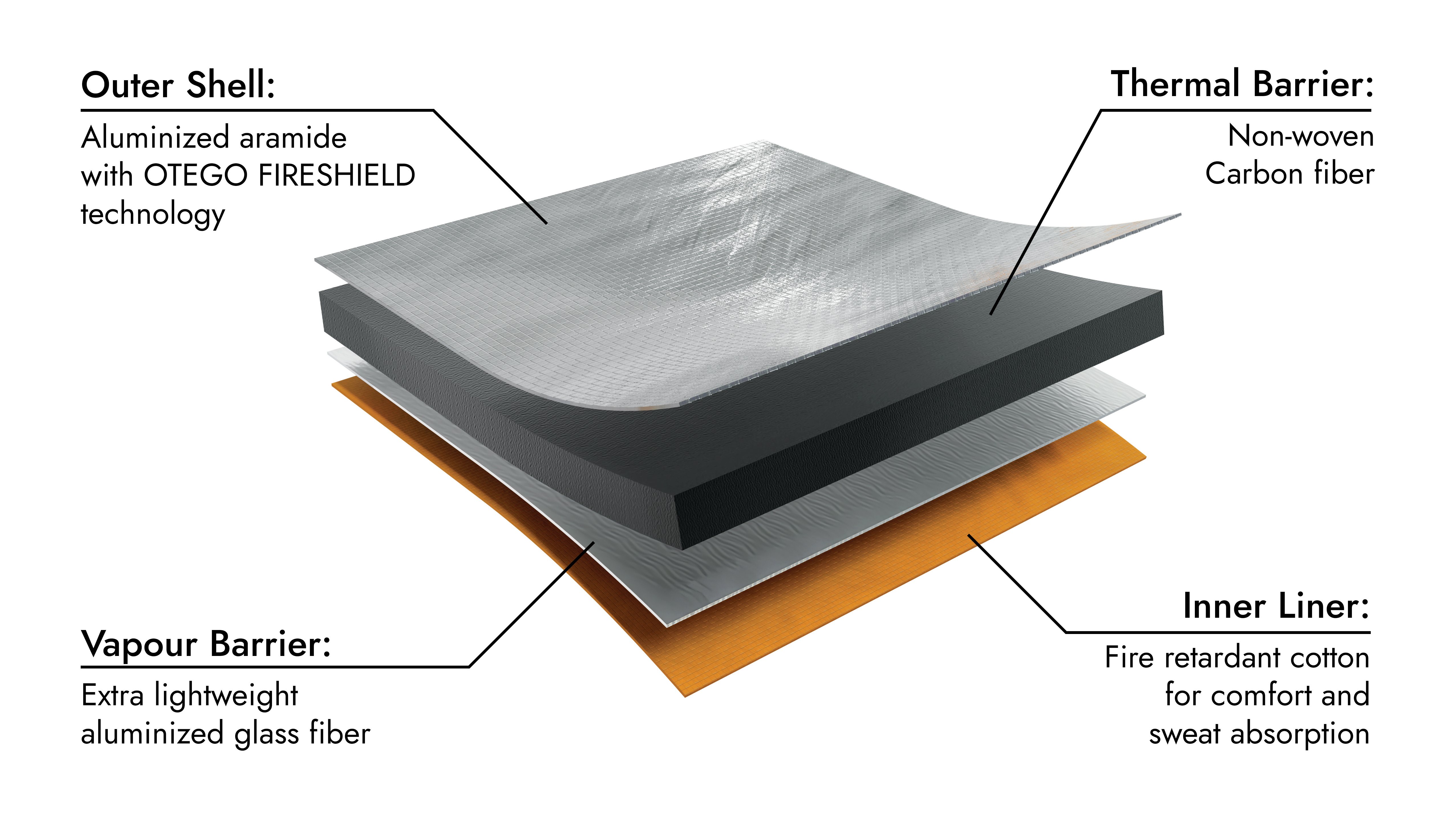
Otego’s FIRESHIELD is ingeniously engineered such that it provides the ample protection required of a proximity suit while keeping the risk of heat stress in high consideration by making it as lightweight and comfortable as possible. While it is made of several layers, it is optimally balanced not to hinder the mobility of the wearer.
FIRESHIELD is approved and certified by international firefighting standards including EN 1486 (Europe), KFI (Korea), and GA634-2015 (China). Armed with these global certifications, FIRESHIELD is currently being used as proximity suits and fire entry suits by fire brigades all around the world. Aside from that, FIRESHIELD is also used by airport firefighters when handling airfield ground emergencies.
We will participate in the A+A 2021 in Düsseldorf. Please feel free to meet us to discover our latest innovation for fire safety PPE.
Contact us and learn more about our FIRESHIELD range of firefighting gears.
